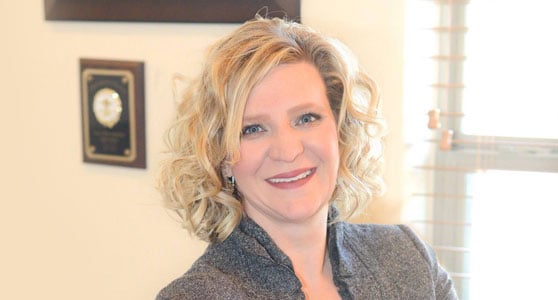Crime is crime, no matter who does it, right?
Maybe not say scientists. Juveniles have brains that are not fully developed. From ages five to 20 our brains are still growing. This means, according to neuroscientist B.J. Casey, that areas that control planning, decision making and behavior are not yet fully formed.
The difference between a juvenile brain and an adult brain
While we are growing, especially during our teenage years, we are more susceptible to peer pressure. Because our executive function is not completely developed, as teens we have trouble controlling impulses and are more likely to take risks.
In fact, the University of Rochester Medical Center (URMC) states that our brains won’t be fully developed until we are 25 years old. Adults, states the URMC report, think with their prefontal cortex. This is the part of the brain that is most rational. Teens, on the other hand, cognitively process with the amygdala, which is more prone to emotion, which is why teens sometimes act out in ways that are illegal, even when they might not have that intent.
What does this mean for juvenile sentencing?
Because the juvenile brain is still making connections there is a great opportunity for change. A 2012 study by the Human Rights Watch showed that education, group activities and positive reinforcement proved to be more effective in curbing impulsive behavior with teenage offenders than punishment and confinement. Harsh, punitive punishments and confinement actually proved detrimental to teens’ cognitive and behavioral development. The effect was that teens had increased anger, thoughts of suicide and self harm and were more likely to develop identity disorders.
The key to helping teens understand the consequences of their actions and rehabilitate lies not in punishment, but in getting them the mental health care they need when their growing minds need it most.



